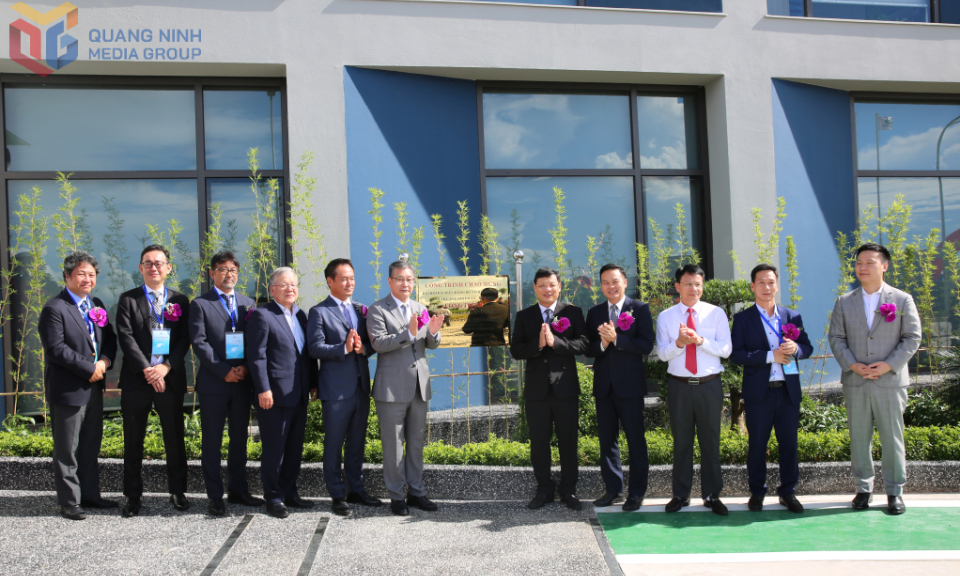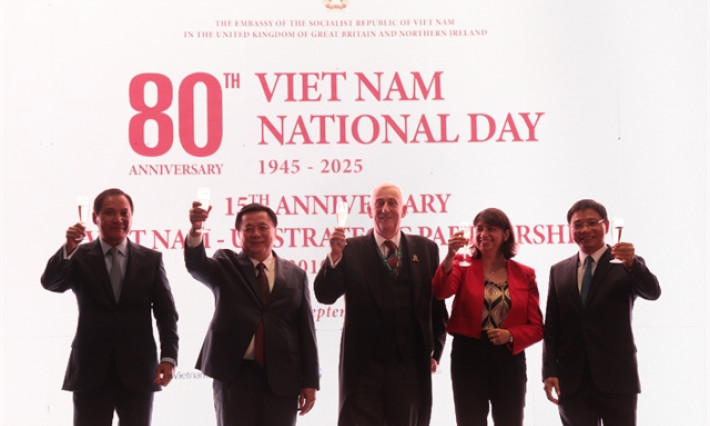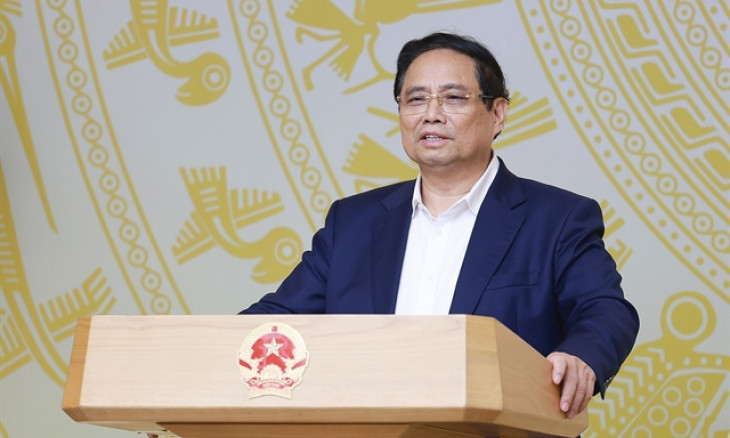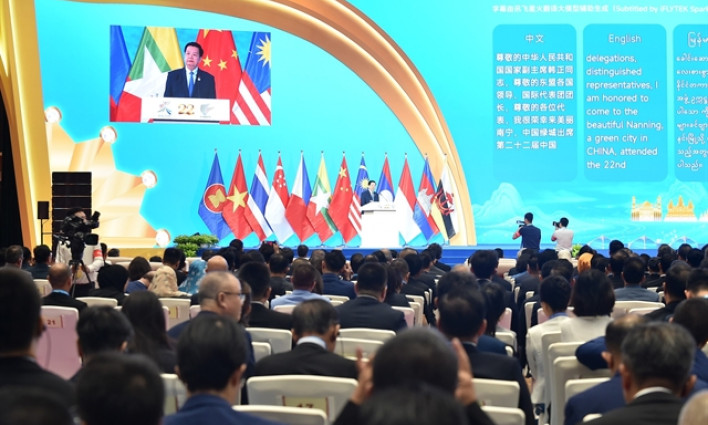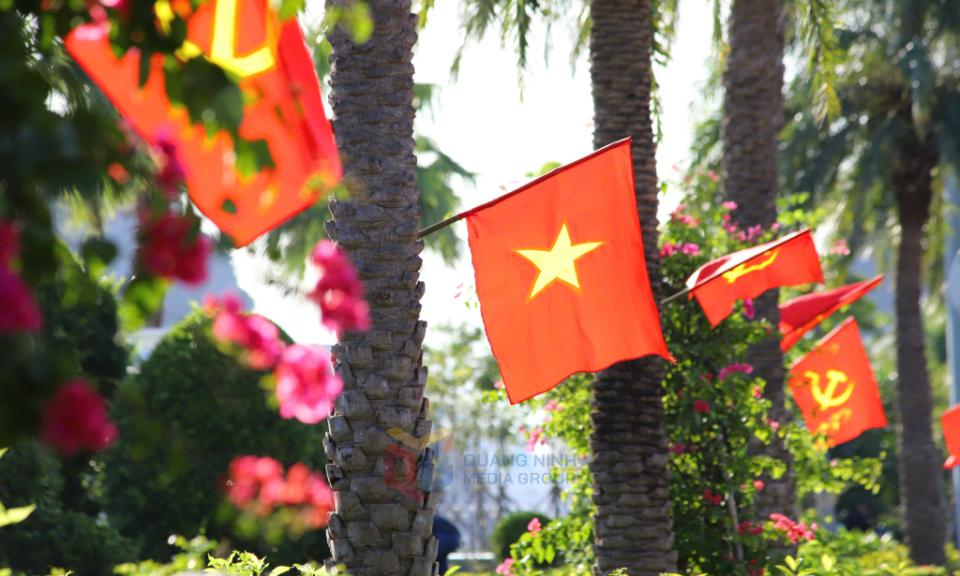Việt Nam-EU trade reaches $300 billion after five years
In an era marked by rising global tensions and trade fragmentation, the EVFTA stands as a testament to inclusive, rules-based cooperation – one rooted in shared values, sustainability and long-term strategic alignment.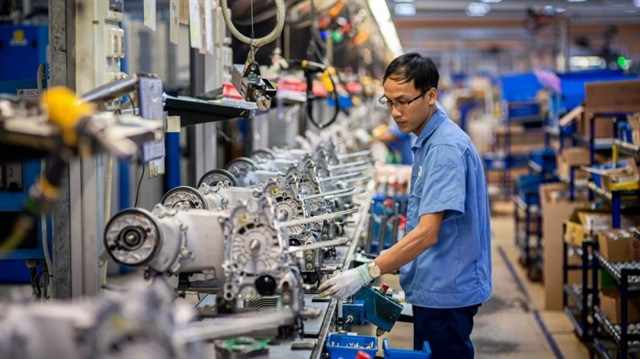
Five years since its entry into force, the EU-Việt Nam Free Trade Agreement (EVFTA) has catalysed nearly US$300 billion in two-way trade, establishing Việt Nam as the EU’s top trading partner in ASEAN and its 16th largest globally.
In an era marked by rising global tensions and trade fragmentation, the EVFTA stands as a testament to inclusive, rules-based cooperation – one rooted in shared values, sustainability and long-term strategic alignment.
From the earliest days of negotiation, the European Chamber of Commerce in Việt Nam (EuroCham) has stood alongside both the European Union and the Government of Việt Nam, advocating for an agreement that is both ambitious and practical. Today, EuroCham continues to champion the EVFTA’s core values: promoting fair trade, driving business growth, shaping forward-looking policies and bridging stakeholders across Việt Nam and Europe.
Signed on June 30, 2019 and entering into force on August 1, 2020, the EVFTA is one of the EU’s most comprehensive and ambitious trade agreements with a developing nation. It has already eliminated over 70 per cent of tariffs on various goods, with the remaining reductions – up to 99 per cent – to be phased in over the next few years. Beyond tariff liberalisation, the agreement also improves market access, strengthens intellectual property protection and enhances regulatory transparency.
It also fosters the long-term alignment of values and standards, a point EuroCham Chairman Bruno Jaspaert highlighted as central to the agreement’s success.
“In today’s climate of mounting geopolitical uncertainty and unilateral tariffs, the EVFTA stands as a beacon of trust and cooperation. This year, August 1 not only marks the EVFTA’s fifth anniversary, but also a pivotal moment in the global trade landscape," he said.
“As the world turns its attention to the fine print of new trade deals and the real enforcement of ‘reciprocal tariffs’ from the US, the EVFTA offers clarity and certainty. Its detailed provisions and mutual commitments between Việt Nam and the EU show that aligned standards and open markets can deliver concrete growth and shared prosperity.”
Since its implementation, EU-Việt Nam trade has grown significantly. Preliminary data from Việt Nam’s National Statistics Office shows that EU-Việt Nam two-way trade reached $298 billion between August 2020 and May 2025 alone. This five-year figure accounts for nearly 40 per cent of the $815 billion in cumulative trade recorded over 30 years of economic and trade cooperation since 1995, powerful proof of the EVFTA’s impact.
Việt Nam now leads ASEAN and comes 16th in the world in terms of trade with the EU, exporting everything from electronics and textiles to furniture and agri-food products. In return, Europe is Việt Nam’s third largest exporting destination and fourth largest source of imports, supplying high-tech machinery, vehicles, pharmaceuticals and green technology.
The latest EuroCham Business Confidence Index (BCI) from Q2 2025 shows that 66 per cent of surveyed businesses are actively involved in EU-Việt Nam trade, and almost all (98.2 per cent) are aware of the EVFTA. Half reported moderate to significant benefits from the agreement, a number expected to rise further as more tariff reductions take full effect.
It's not just large corporations reaping the rewards, either. Small and medium-sized enterprises are also reporting benefits from the agreement. The proportion of businesses citing tariff reductions as a key advantage surged from 29 per cent in Q2 2024 to 61 per cent in Q2 2025. Among those able to quantify their gains from the EVFTA, the average boost to the bottom line was 8.7 per cent, with top-performing firms reporting increases of up to 25 per cent.
Seizing opportunities and managing issues
Beyond tariff reductions, the EVFTA has opened new doors for European businesses to tap into Việt Nam’s rapidly growing domestic market, from public-private partnerships to incentivised foreign direct investment. With a population of 100 million, including a 55-million-strong workforce, Việt Nam offers European firms wide-ranging opportunities for deeper supply chain integration and long-term market expansion.
In sectors like sustainable agriculture, digitalisation and green energy, European expertise complements Việt Nam’s resource base and development priorities. For instance, European innovations in digitalised, sustainable farming are enhancing productivity and quality across Việt Nam’s agri-food and aquaculture sectors – areas where Việt Nam remains a vital supplier to the European market. At the same time, the EVFTA positions Việt Nam as a reliable alternative hub in an increasingly disrupted global trade environment.
On the other side of the equation, the EU remains a highly attractive destination for Vietnamese exporters. With a combined GDP of $29 trillion in purchasing power parity terms and a population of over 450 million consumers, the EU is the world’s largest single market. Governed by transparent rules and predictable regulations, it offers a GDP per capita of more than $43,000, according to a World Bank report in 2024 – making it a premium market for high-quality Vietnamese goods.
Yet even as benefits grow, challenges persist. Nearly 37 per cent of surveyed firms reported customs valuation discrepancies, while others cited unclear regulations, inconsistent enforcement and lack of alignment between EU and Vietnamese authorities. These frictions limit the full potential of the agreement.
EuroCham Vice-Chair in charge of advocacy Jean-Jacques Bouflet, who was among the EU’s lead negotiators for the EVFTA, remarked on the evolving nature of the agreement.
“When we negotiated the EVFTA, every clause was designed to ensure both productivity and integrity. We anticipated complexity and worked hard to strike the right balance. But implementation is always a journey. It requires continual adjustment, constructive discussions and a business-focused mindset,” he said.
As EuroCham’s 2025 Whitebook stresses, progress must be institutionalised. Deeper cooperation will require further progress on customs alignment, streamlined procedures, regulatory consistency and fair enforcement. Effective EVFTA implementation is more than meeting treaty obligations – it is a catalyst for broader reform, market expansion and long-term resilience.

